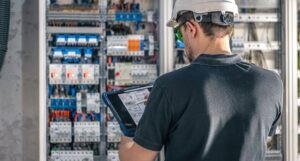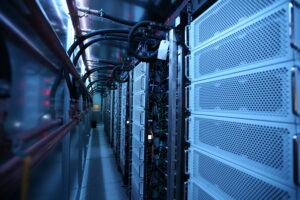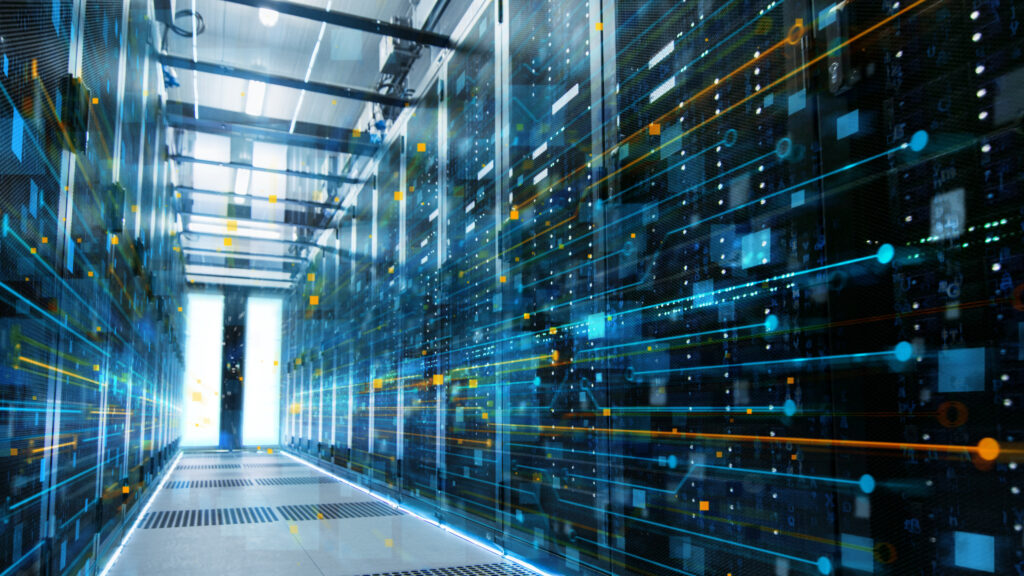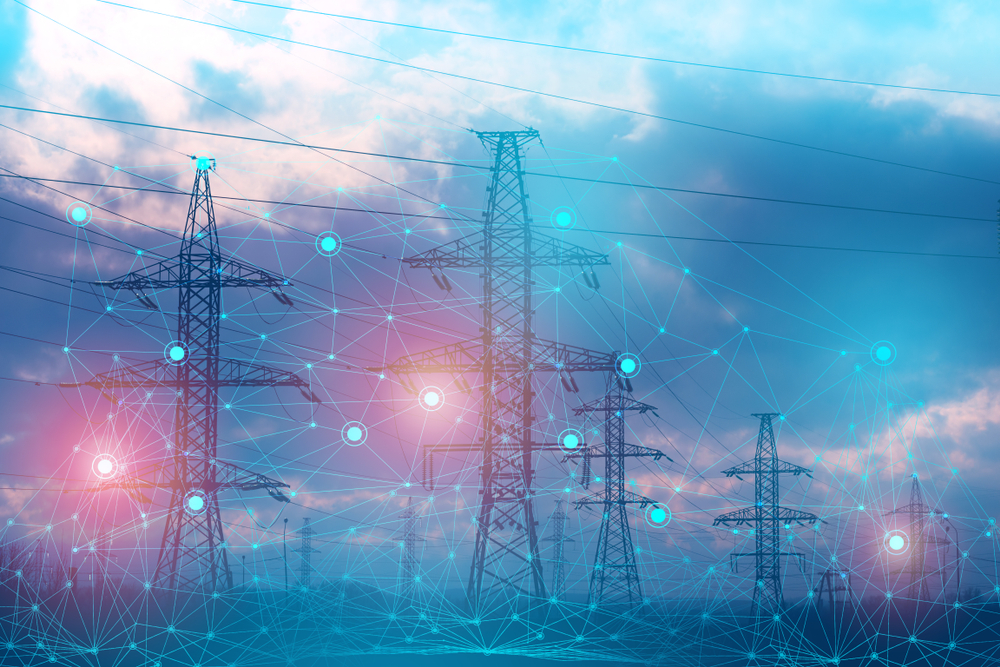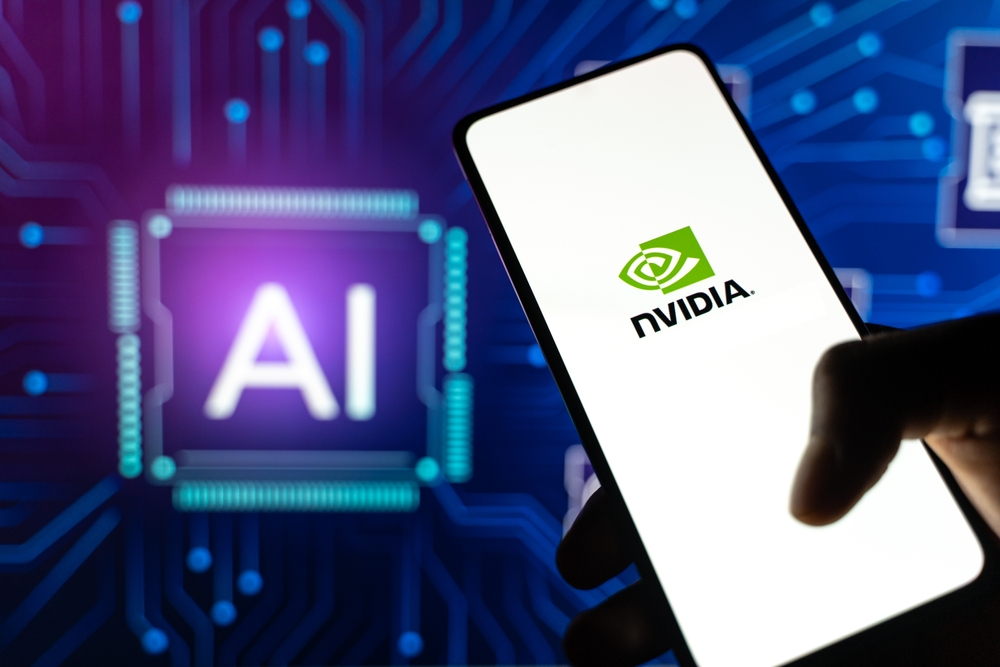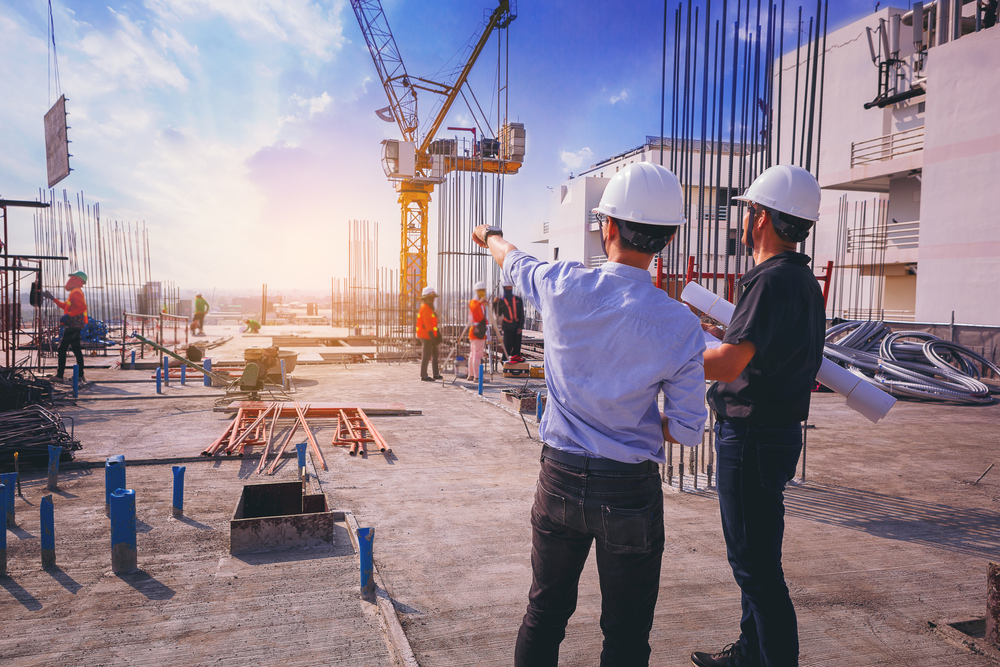For years, the data center industry has experienced almost limitless, unprecedented growth. As the demand for cloud services, AI solutions, and other advanced technologies increased, data center construction accelerated, with hyperscalers and colocation providers breaking ground on new data centers and campuses that are at capacity before the official ribbon-cutting ceremony.
However, this unfettered growth started to run into some challenges. Data center markets and regions began to experience shortages in available land and power. Simultaneously, cloud and AI workloads that demand low latency created a need to get data centers closer to the end user.
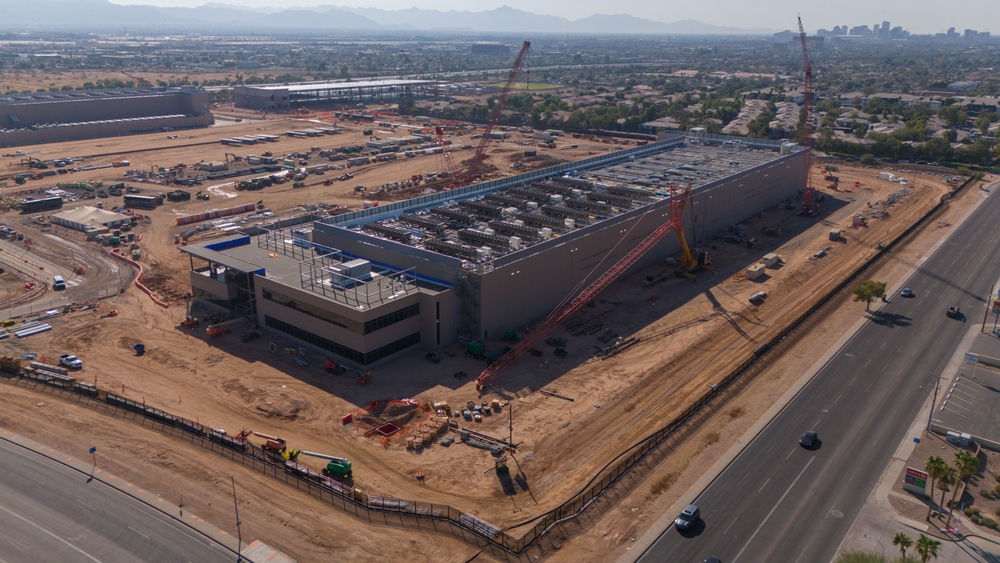
Together, these trends have given rise to new data center markets. They’ve also resulted in markets that may have been considered less desirable or in-demand—markets that would be considered “tier two” markets—experiencing data center construction booms.
Phoenix, AZ, is one of these emerging “hot” data center markets. But that has nothing to do with its sweltering summer temperatures and intense sun.
To get a better idea of why colocation providers and hyperscalers are flocking to Phoenix for their next data centers, the Modern Data Center Journal Podcast sat down with one of the city’s native sons, Ruben Garcia of Compu Dynamics.
During this podcast discussion, Ruben was asked about the demand signals driving hyperscalers and colocation providers to Phoenix, any challenges that could hamper data center development in the city, and where he sees the city’s data center market in the not-too-distant future.
Click “PLAY” to listen to the episode in its entirety, or scroll down to read a transcript of the conversation.
Transcript: Modern Data Center Journal Podcast (Season 1, Episode 2):
Ryan Schradin: Welcome to the Modern Data Center Journal Podcast. A podcast series focused on the largest data center trends in the industry today.
On this program, we talk about the technological advancements being driven by modern data centers. We explore the ways new technologies and workloads are shifting and changing the traditional data center as we know it. We discuss exciting new advancements in the equipment and devices inside and outside the envelope, and we feature deep data center discussions with industry leaders who know the space better than anyone.
Thank you so much for joining me today. My name is Ryan Schradin, and I’m the Executive Editor of the Modern Data Center Journal. I will be your host for today’s show, but I’m not alone. Today, I’m joined by a very exciting guest. He is the Project Manager for the Phoenix Division of Compu Dynamics, and he’s here today to talk to us about his home, which also happens to be one of the fastest-growing and most in-demand data center markets.
I’m pleased to welcome Ruben Garcia to the show Rubin. Thanks so much for being here.
Ruben Garcia: Thank you, Ryan. Thanks for having me on the show.
Ryan Schradin: It’s super exciting to talk to you today. In fact, this is actually the first of a couple of podcasts we’re going to do as part of a series where we explore some different hot data center markets, starting with Phoenix.
But, before we jump in, why don’t you tell our listeners a little bit about yourself and what you do at Compu Dynamics?
Ruben Garcia: I’ve been in data centers and IT for about 23 years now. At Compu Dynamics, I am a Project Manager, and at times, I’m also superintendent—ensuring that the jobs are set up from beginning to end and seeing them through full whitespace fitout. I’ve been here for about a year now, and it’s been a great company to work for—a great team.
Ryan Schradin: So let’s talk a little about Phoenix, and I don’t want to talk so much about how hot it is. Although I do hear it as a dry heat. Let’s talk a little bit about data centers in Phoenix and the demand signal that’s driving some of this data center construction. What’s bringing colocation providers, hyperscalers, and other data center owners and operators to Phoenix?
Ruben Garcia: Phoenix is an NFL city, as we all know. So, with that, you’re gonna have a good fiber backbone and good infrastructure for your communications. Before, land was cheap and so was build cost. But, like anything else anymore, demand is very high, and supply is dwindling down. But there are still better [land] prices in Arizona.
Also, Arizona has a good tax exemption law. When you build your data center in Arizona, that tax exemption saves you tax dollars on your equipment purchases for the data center. So, there are a lot of savings there.
But the big thing is that we have no natural disasters here. And you get a lot of free cooling. Believe it or not, in the desert, you can still utilize outside air to cool the data center.
Ryan Schradin: Some of the things that you mentioned – the available land, the connectivity, those things aren’t necessarily exclusive or only available in Phoenix, right? I mean, even some of the tax incentives you’ve talked about are for Arizona and not just the Phoenix area.
So, why Phoenix and not some of the other big cities in the area? Why not Vegas, or Albuquerque, or Tombstone?
Ruben Garcia: Good question. I think that we could eventually move down to the Tucson area as the Phoenix area hits capacity. I think Phoenix is the big destination for now over Tucson, New Mexico, or even Vegas because it’s a larger city in comparison. Their infrastructure is just better.
Phoenix is still leading because we have the tax incentives, the resources, and a lot of hyperscalars and other companies that have been here. There’s also a large workforce that is in the area already from some of the first companies that came out in decades past.
Ryan Schradin: I’ve worked in the data center industry for a while. I’ve had lots of different conversations with people who do site selection for large data center providers, colocation providers, and even some hyperscalars in the past.
I know this may have changed a little bit in recent years, but I’ve always heard that there was a “holy trinity” of things that they were looking for in site selection. It was always conductivity, cheap land, and cheap power. Where does Phoenix sit with all three of those things? Does it have some and not the others? Does it have all three?
Ruben Garcia: Yes, you’re right. Phoenix does have the “holy trinity.” We’ve got great service providers for connectivity. Power is available at good prices. And there is fairly priced land available around the valley, ready to be built.
Ryan Schradin: You know, every data center market has a challenge. At least, I haven’t heard of one that doesn’t have some kind of challenge.
Being in the NOVA area, I know Northern Virginia struggles a little bit with land. I know data centers [in this region] are starting to creep outside of “Data Center Alley” because land was a problem. I have to figure every data center market has at least one challenge.
I also know that large construction projects have hit some roadblocks in Phoenix. I know the Coyotes couldn’t get a new arena built. Sorry, Coyotes fans! If that’s still a little fresh, I didn’t mean to open up recent wounds there.
But what would you say is Phoenix’s challenge right now?
Ruben Garcia: I’d say Phoenix’s challenge isn’t getting construction projects funded, especially when they’re funded by large corporations and not with tax dollars. Sorry, Coyotes!
But I would say the biggest challenge will be similar to what we see in Virginia and everywhere—it’s going to be power. But Phoenix has already adapted and has started to plan. It’s bringing in natural gas substations that will be completed in the next ten years and will generate upwards of two gigawatts of power. They’ve already started building the infrastructure.
Ryan Schradin: We’re talking about the desert now. So, what about another natural resource that might be a little bit more in short supply in the area? What about water?
Ruben Garcia: Believe it or not, I’ve never heard of any issues with water, especially with how efficiently some of the data centers run with their modern cooling towers. it’s always power. It’s always driven by power, and our water has never been a concern.
Ryan Schradin: I am surprised! I really expected water to be a problem!
I’ve got one last question for you. I like to kind of end these with, you know, forward-looking questions. Make you put your prognosticator’s hat on and talk a little bit about what you see in the future.
What do you think’s coming up five or ten years down the road? What’s Phoenix going to be like? Do you see it reaching a level of saturation for data centers and starting to expand outside of the area? Do you see it slowing down?
Ruben Garcia: I think it is still not slowing down because there’s still so much available land. And, as I mentioned earlier, there’s the Tombstone area, and the Tucson area that we can expand into. We can go east. We can go west. We can go south.
You have Intel out here making chips. Now you have TSMC bringing more jobs to the area and creating a growth economy. That attracts data center development.
As you said, data center location is driven by the “holy trinity.” Is there connectivity? Is there fiber? Is there power? But now, data owners and providers will be looking for what the natural gas supply looks like because you can build your own natural gas gen-sets or run only on gas generators. You’re not handcuffed by the same limitations as a diesel generator because it’s as close to clean burning as you could get.
So I think natural gas is gonna be a big part of continual growth.
Ryan Schradin: Well, it sounds like Phoenix is hot and will only get hotter – pardon the weather puns. This has been excellent, Ruben. And I really want to thank you for taking the time and walking me and our listeners through the Phoenix data center market.
I think that was a really comprehensive look at what’s going on right now, some of the challenges that the area is facing, and some of the things that are bringing people and data centers to the Phoenix area.
Ruben Garcia: Thank you, Ryan, again for having me. It was a pleasure to join you on this podcast.
Ryan Schradin: I’d like to address our listeners for a second. First, I want to apologize to all of our Coyotes fans who may have caught strays during this episode. I hope you all come back and give us another chance.
I also want to speak to our other, non-Coyotes fans and thank you for listening to the Modern Data Center Journal Podcast. I encourage you guys to visit the Modern Data Center Journal online publication, which you can find at www.themoderndatacenter.com if you’re interested in even more data center-focused content like this.




